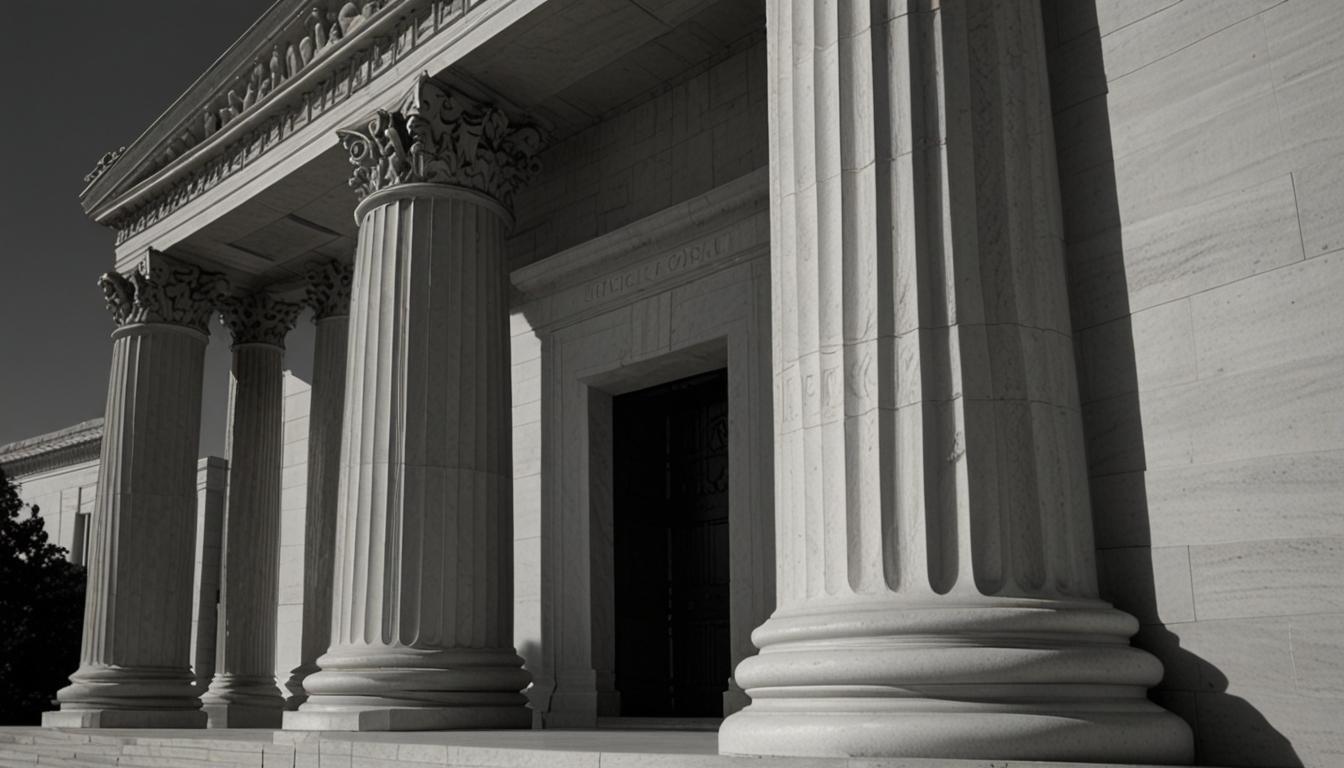The Supreme Court decision to halt the implementation of the ‘good neighbor’ rule, aimed at curbing interstate air pollution, sparks debate and concern over its impact on air quality regulation and industry in affected states.
On June 27, 2024, the U.S. Supreme Court paused the implementation of a new Environmental Protection Agency (EPA) regulation aiming to limit interstate air pollution. The “good neighbor” rule, part of the Clean Air Act, requires 23 states, including parts of California, to reduce emissions from power plants and industrial sites that affect air quality in downwind states. The 5-4 decision saw Justice Amy Coney Barrett dissent along with the three liberal justices.
This regulation was challenged by 12 Republican-led states, led by Texas, and later by Ohio, Indiana, and West Virginia, arguing that the rule would harm their industries and power grids. Justice Neil Gorsuch, writing for the majority, stated that the EPA had overstepped its authority under the Clean Air Act. The decision halts the rule while lower courts review the case. The rule was intended to combat ground-level ozone, a key component of smog linked to numerous health issues.
